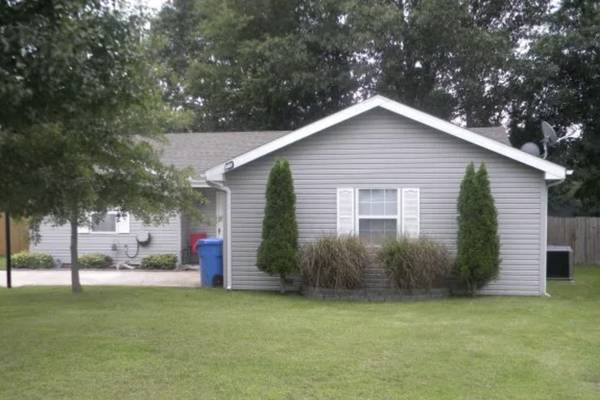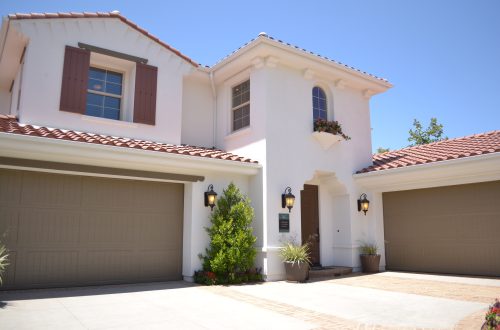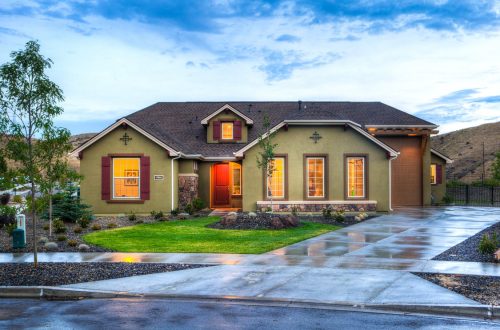
Understanding Common Homeowners Insurance Terms: A Guide for Homeowners
Homeowners insurance can feel overwhelming, especially when you’re faced with unfamiliar terms and industry jargon. Whether you’re shopping for a new policy or reviewing an existing one, understanding key terms can help you make informed decisions and ensure you’re adequately protected. Below are some of the most common homeowners insurance terms every homeowner should know.
1. Premium
Your premium is the amount you pay—typically monthly, quarterly, or annually—to maintain your homeowner’s insurance policy. Premiums can vary based on factors like your home’s value, location, construction type, and claims history.
2. Deductible
The deductible is the amount you agree to pay out of pocket before your insurance coverage kicks in for a claim. For example, if your policy has a $1,000 deductible and you experience $5,000 in damage, you pay $1,000, and your insurer covers the remaining $4,000.

3. Liability Coverage
This protects you if someone is injured on your property or if you accidentally cause damage to someone else’s property. It can cover medical bills, legal fees, and court judgments up to your policy’s limit.
4. Dwelling Coverage (Coverage A)
Dwelling coverage protects the structure of your home—including walls, roof, and built-in appliances—from covered perils like fire, hail, or vandalism. It’s the core of most homeowners insurance policies.
5. Other Structures Coverage (Coverage B)
This covers structures on your property that are not attached to your home, such as detached garages, sheds, or fences.
6. Personal Property Coverage (Coverage C)
Personal property coverage helps pay to repair or replace your belongings—like furniture, clothing, and electronics—if they’re damaged or stolen due to a covered event.
7. Loss of Use (Coverage D)
Also known as “additional living expenses” coverage, this kicks in if your home is uninhabitable due to a covered loss. It helps cover the costs of temporary housing, meals, and other essential living expenses.

8. Actual Cash Value (ACV)
ACV pays to replace damaged property minus depreciation. For example, if a 10-year-old TV is stolen, your reimbursement will reflect its current market value, not the original purchase price.
9. Replacement Cost
Unlike ACV, replacement cost coverage reimburses you for the full cost of replacing an item with a new one of the same kind and quality without factoring in depreciation.
10. Endorsement (or Rider)
An endorsement is an optional add-on to your policy that provides extra coverage for specific items or risks, such as expensive jewelry, earthquakes, or home-based businesses.
11. Peril
A peril is a specific risk or cause of loss, such as fire, windstorm, or theft. Your policy will list covered perils, and some policies are “named peril” (only listed risks are covered), while others are “open peril” (everything is covered unless specifically excluded).

12. Exclusion
Exclusions are events or conditions that your policy doesn’t cover. Standard exclusions include flood damage, earthquake damage, and issues related to neglect. You may need separate policies to cover these.
Understanding these terms will help you better navigate your homeowner’s insurance policy and ensure you have the right coverage in place. If you’re ever unsure, don’t hesitate to ask your insurance agent for clarification—it’s worth the peace of mind.
To get an affordable homeowners insurance quote contact us today by calling (541) 318-8835 or click here to connect with us online.





